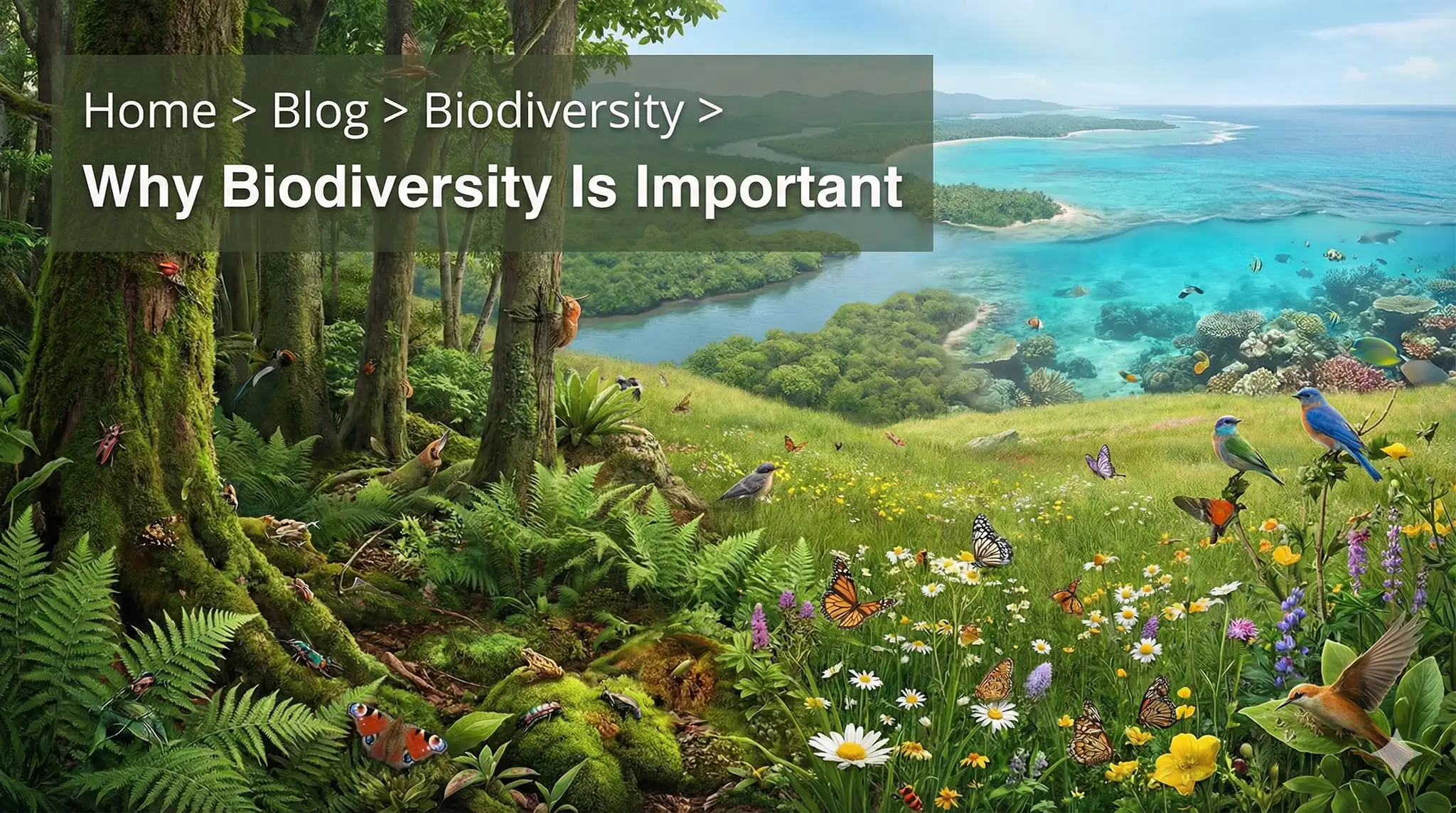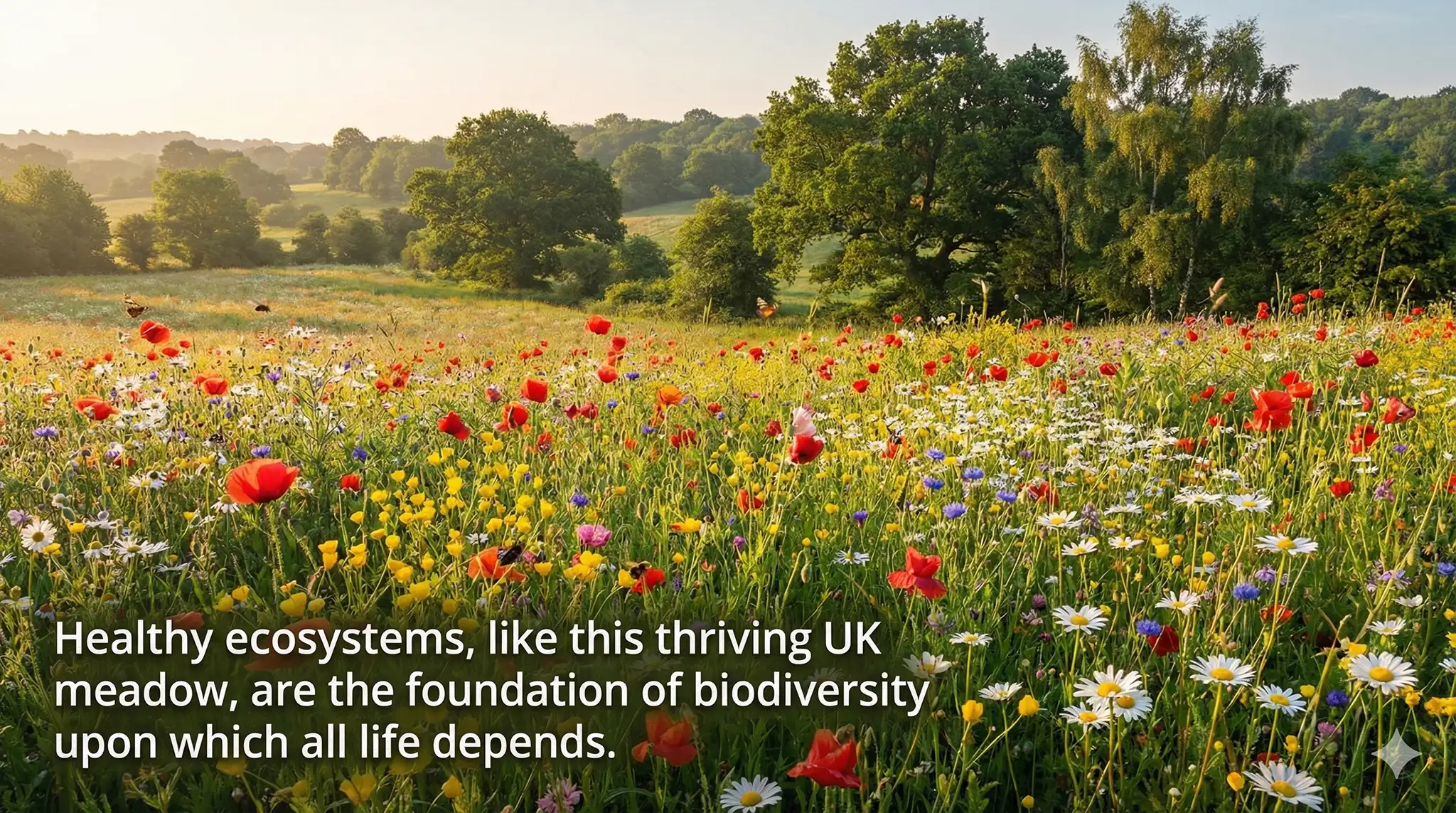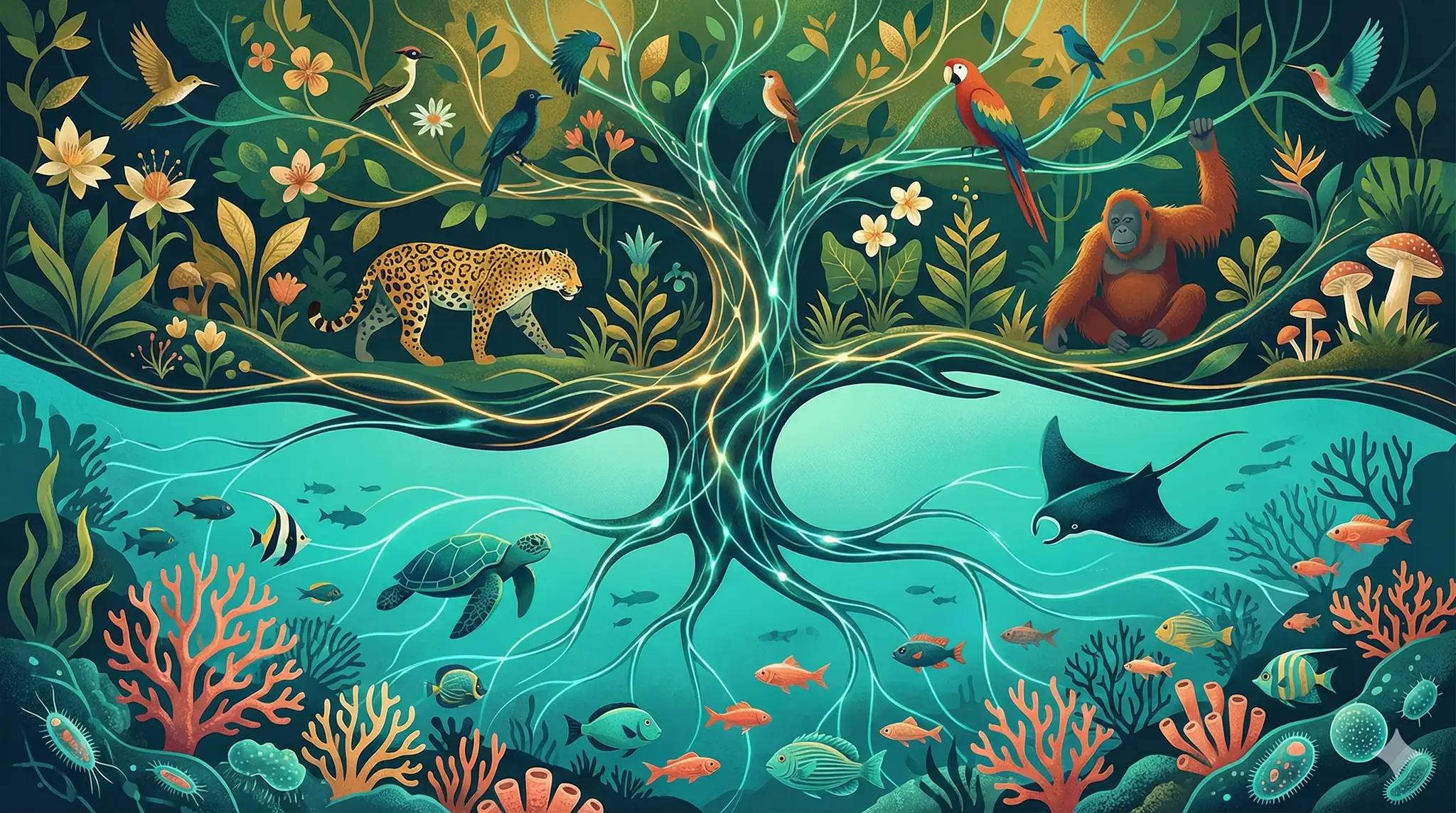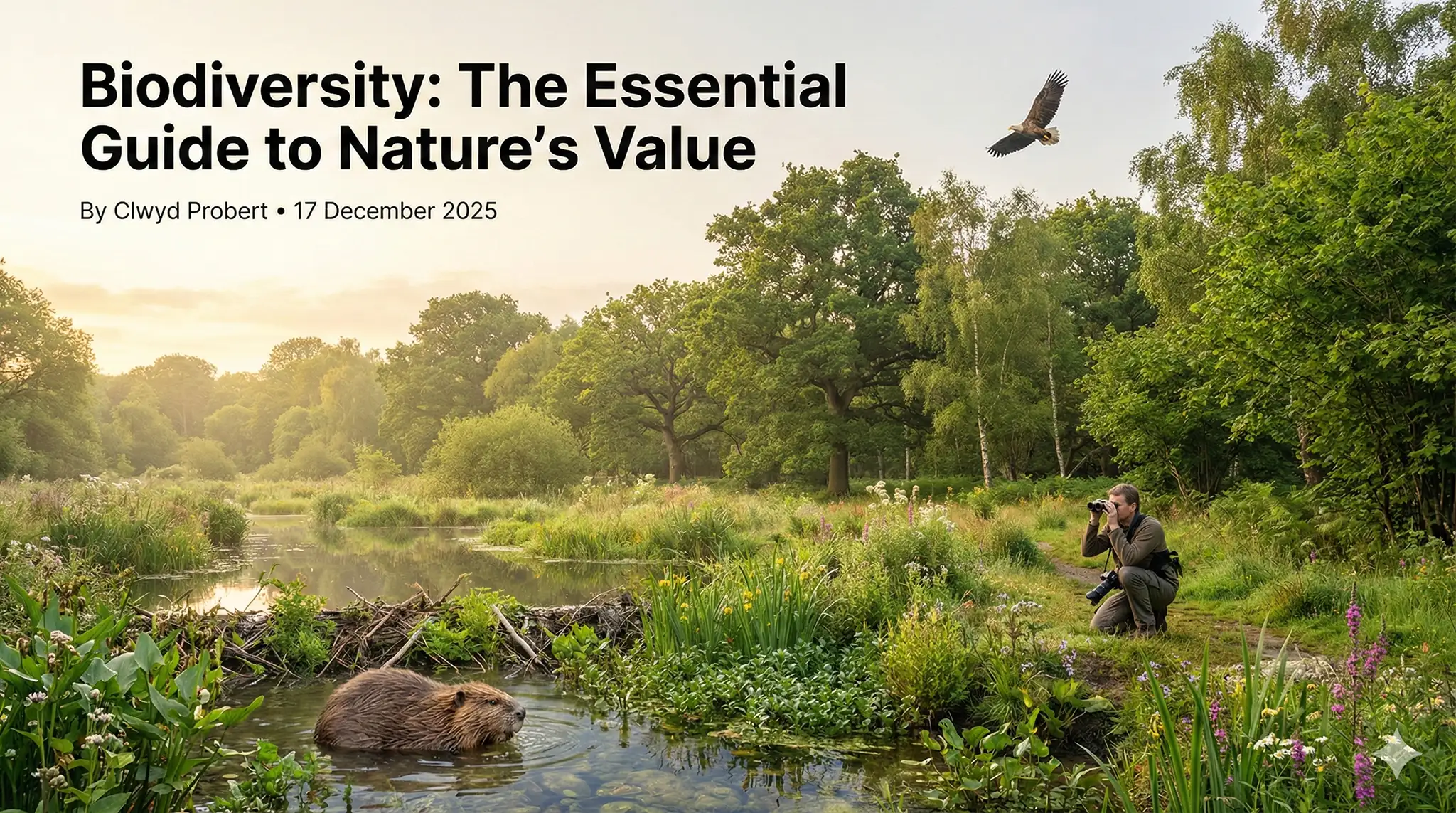Contents
- Introduction
- Biodiversity in Wetlands
- Importance of Wetlands in Supporting Biodiversity
- Water Quality in Wetlands
- Importance of Wetlands in Supporting Water Quality
- Threats to Wetlands
- Human Activities Threatening Wetlands
- Climate Change Threatening Wetlands
- Conservation Efforts
- Supporting Wetland Conservation Efforts
- Advocating for Wetland Protection Policies
- Participating in Wetland Restoration Projects
- Conclusion
The Importance of Wetlands in Supporting Biodiversity and Water Quality
Did you know that wetlands are among the most biodiverse and valuable ecosystems on Earth? They are home to countless species of plants and animals, many of which are endangered or threatened. They also provide vital services for humans and the environment, such as filtering water, storing carbon, and reducing flood risks. However, wetlands are facing serious threats from human activities and climate change, which could have devastating consequences for biodiversity and water quality. In this article, we will explore why wetlands are so important for supporting life on our planet and what we can do to protect them.
Biodiversity in Wetlands
Wetlands: A Haven for Biodiversity
Wetlands are like natural supermarkets for wildlife. They offer a wide range of food, shelter, and breeding grounds for many species of plants and animals. Wetlands are so diverse that they can rival rainforests and coral reefs in terms of the number and variety of species they support. Wetlands also play a key role in the food web, as they produce large amounts of organic matter that feed other organisms. Without wetlands, many species would not survive.
Illinois is home to some amazing wetlands that host a rich diversity of life. The Illinois Department of Natural Resources reports that more than half of the bird, mammal, amphibian, and reptile species in Illinois rely on wetlands for some or all of their needs. Some examples of wetland-dependent species in Illinois include bald eagles, beavers, frogs, turtles, and muskrats. Illinois also has some remarkable wetland restoration sites that showcase the beauty and value of these ecosystems. For instance, the Dixon Waterfowl Refuge attracts hundreds of bird species with its diverse habitats, while the Midewin National Tallgrass Prairie preserves rare plants and animals in its restored wetland-prairie landscape.
Water Quality in Wetlands
Wetlands: Nature’s Water Filters and Sponges
 Wetlands are not only rich in biodiversity, but also in water quality benefits. They act as natural water filters, removing pollutants and excess nutrients from the water that flows through them. According to the Department of Conservation, wetlands can absorb solids and add oxygen to the water, making it cleaner and healthier for humans and wildlife. Wetlands can also remove up to 60% of metals and up to 90% of nitrogen from water, reducing the risk of harmful algal blooms that can deplete oxygen and kill fish.
Wetlands are not only rich in biodiversity, but also in water quality benefits. They act as natural water filters, removing pollutants and excess nutrients from the water that flows through them. According to the Department of Conservation, wetlands can absorb solids and add oxygen to the water, making it cleaner and healthier for humans and wildlife. Wetlands can also remove up to 60% of metals and up to 90% of nitrogen from water, reducing the risk of harmful algal blooms that can deplete oxygen and kill fish.
Wetlands also help to regulate water quantity by storing and releasing water during different seasons. They can act as natural sponges, absorbing and storing excess water during heavy rainfall events. This can help to reduce flooding and erosion, as well as protect property and lives. Wetlands can also buffer us from the sea by reducing the impact of storm surges, tsunamis, and cyclones. On the other hand, wetlands can also release water during dry periods, maintaining surface water flow and preventing droughts. Wetlands are essential for ensuring a reliable supply of clean water for humans and nature.
Threats to Wetlands
Wetlands: A Disappearing Treasure
Wetlands are facing a global crisis. Human activities such as development, agriculture, and pollution have destroyed or degraded many wetlands around the world. According to a review of 189 reports1, the world has lost between 54% and 87% of its natural wetlands since 1700 AD, with a much faster rate of loss in the 20th and early 21st centuries. Another study estimated that at least 33% of global wetlands had been lost as of 2009. The Ramsar Convention on Wetlands reported that approximately 35% of the world’s wetlands were lost between 1970-2015, which is three times faster than forests.
This loss of wetlands has serious consequences for biodiversity and ecosystem health. Wetlands are home to many unique and endangered species that cannot survive elsewhere. Wetlands also provide vital services such as water purification, flood control, climate regulation, and carbon storage. Losing wetlands means losing these benefits and putting our future at risk. Wetlands are also vulnerable to climate change, which can alter their water levels, temperature, salinity, and vegetation. These changes can affect the survival and distribution of wetland species and reduce their resilience to other threats. Wetlands need urgent protection and restoration before it is too late.
Conservation Efforts
Wetlands: How We Can Save Them
Wetlands are vital for our planet, but they are disappearing at an alarming rate. To protect wetlands and the biodiversity they support, we need to take action at different levels. This can include supporting organizations that work to protect wetlands, such as the Ramsar Convention on Wetlands, the Wildfowl and Wetlands Trust, and the World Wildlife Fund. These organizations advocate for wetland protection policies, raise awareness about wetland values and provide funding and technical assistance for wetland conservation projects.
Another way to support wetland conservation is to participate in wetland restoration projects. Wetland restoration projects involve restoring degraded wetlands to their natural state, which can help to improve water quality, support biodiversity, and reduce the risk of flooding. Wetland restoration can also provide educational opportunities for the public to learn about the importance of wetlands and their role in supporting life. Some examples of wetland restoration projects are:
- The Forest Research’s Wetland Establishment Plan, aims to restore riverside and bog woodland habitats in England by removing invasive species, employing traditional woodland management techniques, creating ponds and scrapes, planting native trees and shrubs, and monitoring wildlife.
- The EPA’s Clean Water Act Section 319 Program, provides grants to states, tribes, and territories for implementing nonpoint source pollution control projects that benefit wetlands. Some of these projects include restoring riparian buffers, enhancing streambank stabilization, creating artificial wetlands for stormwater treatment, and improving agricultural practices.
- The North American Wetlands Conservation Act (NAWCA) Grants Program, supports partnerships among public agencies, private organizations, landowners, and others for carrying out voluntary wetland conservation projects in Canada, Mexico, and the United States. Some of these projects include acquiring land or easements for wetland protection or restoration; restoring or enhancing existing wetlands; creating new wetlands; or managing existing protected lands.
By supporting these efforts we can help conserve our precious wetlands before they are gone forever.
Conclusion
Wetlands: Why They Matter
Wetlands are more than just swamps, marshes, and bogs. They are vital ecosystems that support biodiversity and water quality. They host a rich variety of life forms, from plants and animals to fungi and bacteria. They also provide important ecosystem services, such as water filtration and flood control. However, wetlands are disappearing at an alarming rate due to human activities and climate change. This threatens the survival of wetland species and the benefits they provide for us. To save wetlands and the biodiversity they support, we need to support wetland conservation efforts. This includes restoring degraded wetlands, protecting existing wetlands, and advocating for wetland-friendly policies. By doing so, we can ensure that wetlands continue to enrich our planet and our lives for generations to come.
FAQ: High Biodiversity Wetlands
Q: What is the importance of wetlands in supporting biodiversity and water quality?
A: Wetlands are among the most productive ecosystems on the planet, supporting a remarkable level of biodiversity. They are home to a variety of species, including birds, fish, amphibians, shellfish, and insects. Wetlands also act as natural water filters, removing pollutants and excess nutrients from the water, which helps to improve water quality and reduce the risk of harmful algal blooms. Wetlands also help to control flooding by absorbing and storing excess water during heavy rainfall events.
Q: How important are wetlands in Illinois for supporting biodiversity?
A: Wetlands are particularly important for supporting biodiversity in Illinois. According to the Illinois Department of Natural Resources, 105 bird species depend on wetlands in Illinois, while an additional 169 bird species use wetlands opportunistically for nesting, foraging, and resting. 46 of the 59 mammal species in Illinois use wetlands to some extent, and 37 of the 41 amphibian species in Illinois depend on wetlands at least part of the year. 47 of the 60 reptile species found in Illinois use wetlands to some extent.
Q: What are the threats to wetlands?
A: Wetlands are under threat from human activities such as development, agriculture, and pollution. It is estimated that over half of the wetlands in the United States have been lost since the 1780s. Wetlands are also threatened by climate change, which can alter their hydrology and affect the species that depend on them.
Q: What can be done to protect wetlands?
A: To protect wetlands and the biodiversity they support, it is important to support wetland conservation efforts. This can include supporting organizations that work to protect wetlands, advocating for wetland protection policies, and participating in wetland restoration projects. Wetland restoration projects involve restoring degraded wetlands to their natural state, which can help to improve water quality, support biodiversity, and reduce the risk of flooding.



